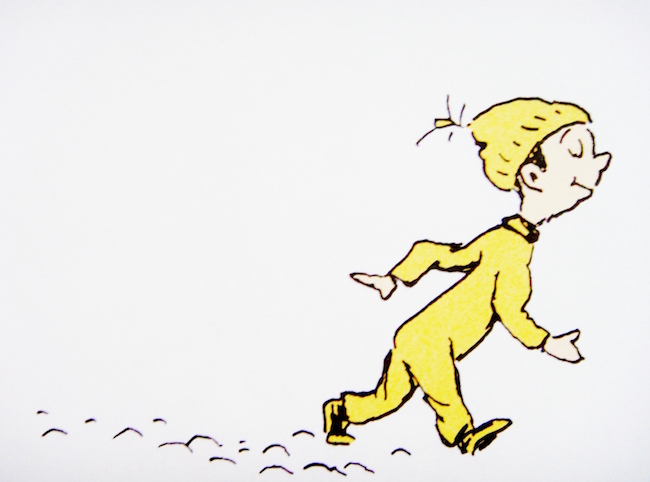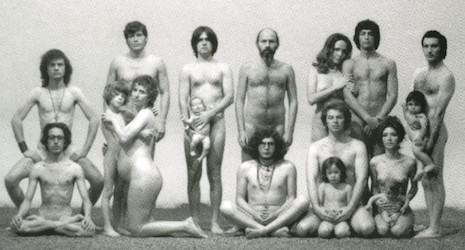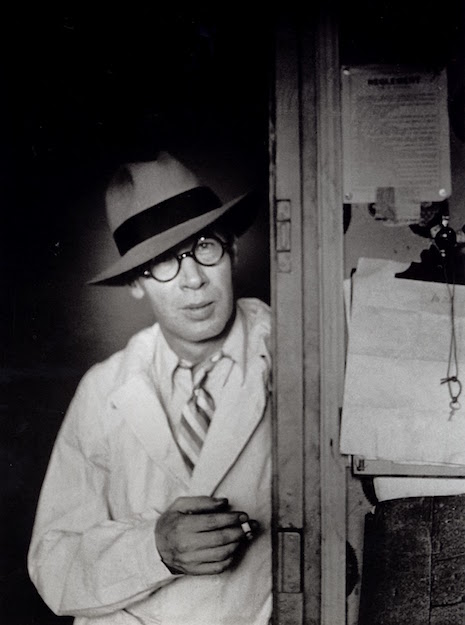
Night of Light by Philip José Farmer
David Pelham was art director for Penguin Books during the 1970s and was responsible for a great many arresting and distinctive covers for many of the sci-fi novels Penguin put out during that time, which is one of the great periods for sci-fi writing in general. Many of the images on this page come from a series that came out in 1972-73 that used (as Penguin often did and still does) visual cues to signal that books belong together. In this case the series had in common white text and a black background, bold use of primary colors and a strong horizon line that in some cases (Sirius, A Cure for Cancer) is cleverly adapted for a slightly different purpose.
Pelham did many Penguin covers for works by J.G. Ballard and was in close contact with the author in the process of creating them. Ballard actually named a character in “The Reptile Enclosure” after Pelham. After one meeting during which they had looked over Pelham’s mockups for a series of Ballard covers, Pelham scribbled some notes that were obviously based on Ballard’s comments, and they make for a resonant and Ballardian piece of poetry: “monumental / tombstones / airless thermonuclear landscape / horizons / a zone devoid of time.”
Pelham’s most famous cover was for Anthony Burgess’ A Clockwork Orange, and fascinatingly enough, Pelham himself doesn’t think much of it:
When I was Art Director of Penguin Books I had to create this image in one night. We planned to bring out a film tie-in of Burgess’s wonderful book to coincide with the release of the movie, and we obviously urgently needed a strong cover image that related to the film. When Stanley Kubrick unaccountably refused to supply us with promotional press shots I immediately commissioned a well-known illustrator to help out. The result was not only unacceptable but it was also inexcusably late, so we were horribly out of time. Having already attended a press screening of Kubrick’s film I had a very clear image in my mind’s eye as to how the cover should look and so, collecting up a few supplies from the art department, I sped home to my Highgate flat to create the cover myself. I remember a motorcycle messenger arriving at 4.30am to deliver the ‘repro’—that is the typography—for the paste up. This of course was a long time before the age of computers, and everything was done with ink, glue and ‘repro’, which had to be painstakingly stuck in place on a base board. Another messenger arrived at 7am to whisk the artwork off to the printer. Consequently I had not had time to properly scrutinize the image, to make the small adjustments and refinements that I still believe it needed. So now, every time I see that image, all I see are the mistakes. But then, maybe it’s those unfinished rough edges that contribute to its appeal. Who knows?
In 1996 Eye Magazine wrote that Pelham’s covers “dignify the books with symbolic images that help to convey the conceptual sophistication of the writing inside.” For more of Pelham’s covers as well as many striking Penguin covers by other artists, check out the well-curated website Penguin Science Fiction.

A Clockwork Orange by Anthony Burgess

Cat’s Cradle by Kurt Vonnegut
Many more of Pelham’s spectacular sci-fi creations after the jump…..





















.jpg)

